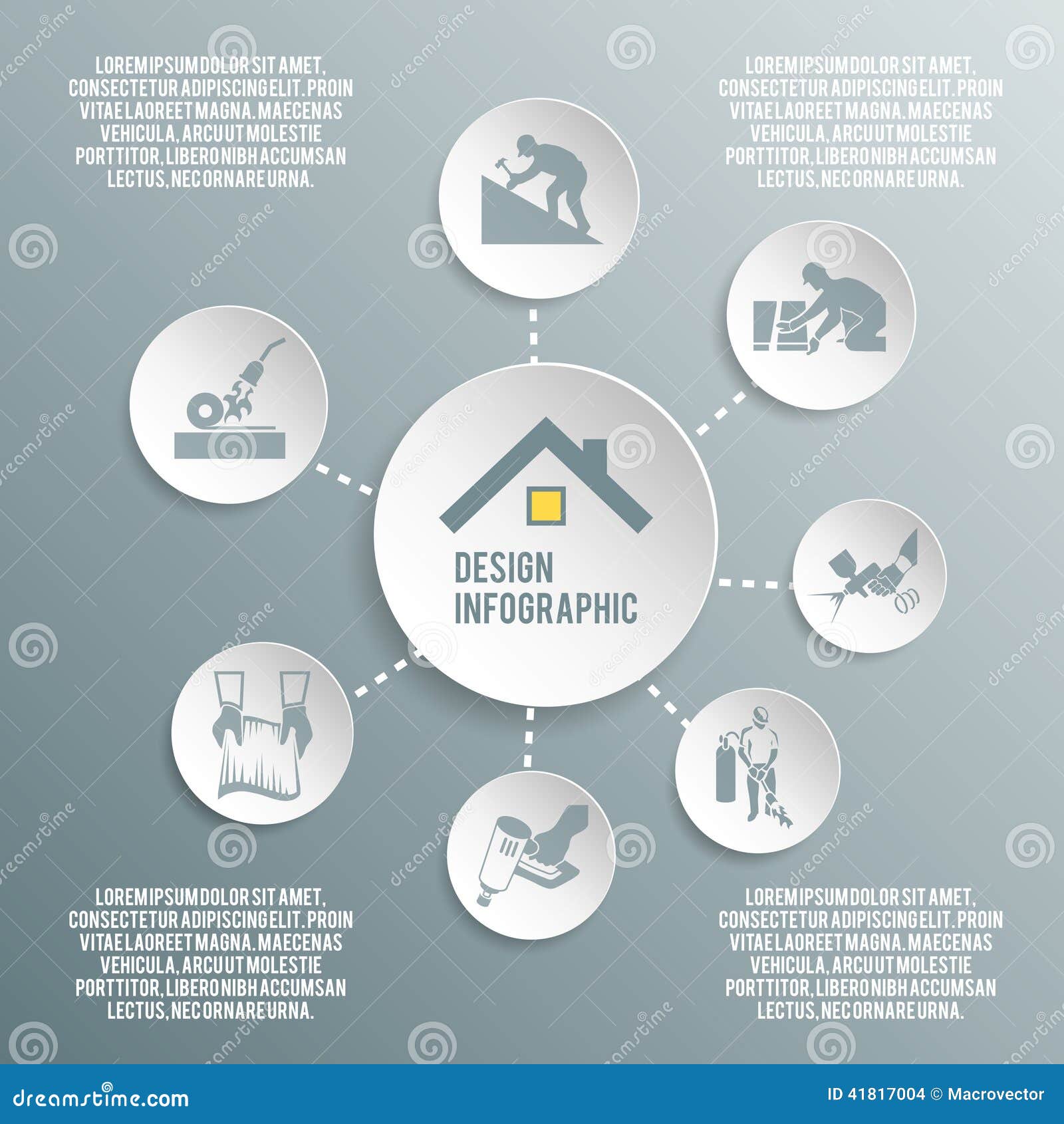Finding Roof Covering Damages Early To Avoid Severe Complications
Finding Roof Covering Damages Early To Avoid Severe Complications
Blog Article
Authored By-McKay Clancy
To safeguard your home from prospective costly fixings, recognizing roofing damages early is crucial. By keeping an eye out for subtle indicators like missing out on roof shingles or water discolorations, you can catch problems prior to they worsen. However what concerning those typically ignored locations that could hint at concealed issues prowling over you? Keep tuned to uncover essential tips for identifying roofing damages prior to it rises into a major frustration.
Very Early Indication
Detecting roof damages early can save you time and money. https://www.architectureanddesign.com.au/features/features-articles/what-makes-a-cool-roof-cool to watch out for is missing or damaged tiles. If you discover any kind of tiles that are broken, curling, or entirely missing out on, it's vital to resolve the concern promptly. These damaged shingles can leave your roofing system vulnerable to leakages and further damages.
An additional indication to look for is water spots on your ceiling or wall surfaces. These spots can show a leakage in your roofing that needs instant attention. Disregarding these water discolorations can bring about a lot more considerable and expensive repair work down the line.
Additionally, be on the lookout for any signs of sagging or sagging areas on your roofing system, as this might indicate architectural damage that needs to be taken care of immediately.
Outside Evaluation Tips
Frequently examining the outside of your roofing system is essential for preserving its integrity and recognizing possible damages early. Start by examining the tiles-- search for any missing out on, broken, or crinkling tiles, as these can be indications of roof damage.
Inspect the seamless gutters for granules from the tiles, as too much granule loss might indicate aging or weathering. Take notice of the flashing around vents, chimneys, and skylights, guaranteeing they're snugly secured and without cracks.
Search for signs of moss, algae, or mold development, as these can cause roof covering degeneration otherwise attended to without delay. In addition, check the fascia and soffits for any kind of water stains or rot, which might signal water damages.
https://rylanojdxr.activoblog.com/34402840/how-to-recognize-the-most-effective-service-provider-for-your-roof-covering-repair-work-needs but not least, analyze the total condition of your roofing from the ground, trying to find any type of drooping locations or obvious dips. By conducting these outside inspections consistently, you can capture roofing system damage early and avoid it from developing into a significant issue.
Inside Red Flags
When inspecting your roofing system for prospective damages, do not neglect the relevance of examining the inside of your home. Interior red flags can usually be early indications of roof issues that need attention.
Beginning by examining your ceilings for any water discolorations or discoloration, as these might indicate a leakage in the roof. One more key area to check is the attic, where indicators of water damage, mold and mildew, or mold may show a roofing problem.
Pay close attention to any moldy smells or an obvious boost in moisture degrees, as these can likewise be indicators of water breach from a harmed roof covering. Furthermore, sagging locations in the ceiling or wall surfaces need to be taken seriously, as they could be a result of water damages compromising the framework.
If you notice any one of these interior red flags, it's essential to have a professional roofer evaluate the situation quickly to stop additional damage and costly fixings.
Conclusion
By staying watchful and frequently checking for very early warning signs of roof covering damages, you can protect against minor issues from becoming significant troubles. Watch out for missing or damaged shingles, water spots on ceilings or wall surfaces, and any drooping or drooping areas on the roof covering. By addressing these problems quickly, you can conserve on your own from costly fixings and ensure your roof stays in good condition for many years to come. Stay proactive and safeguard your home from possible damages.
